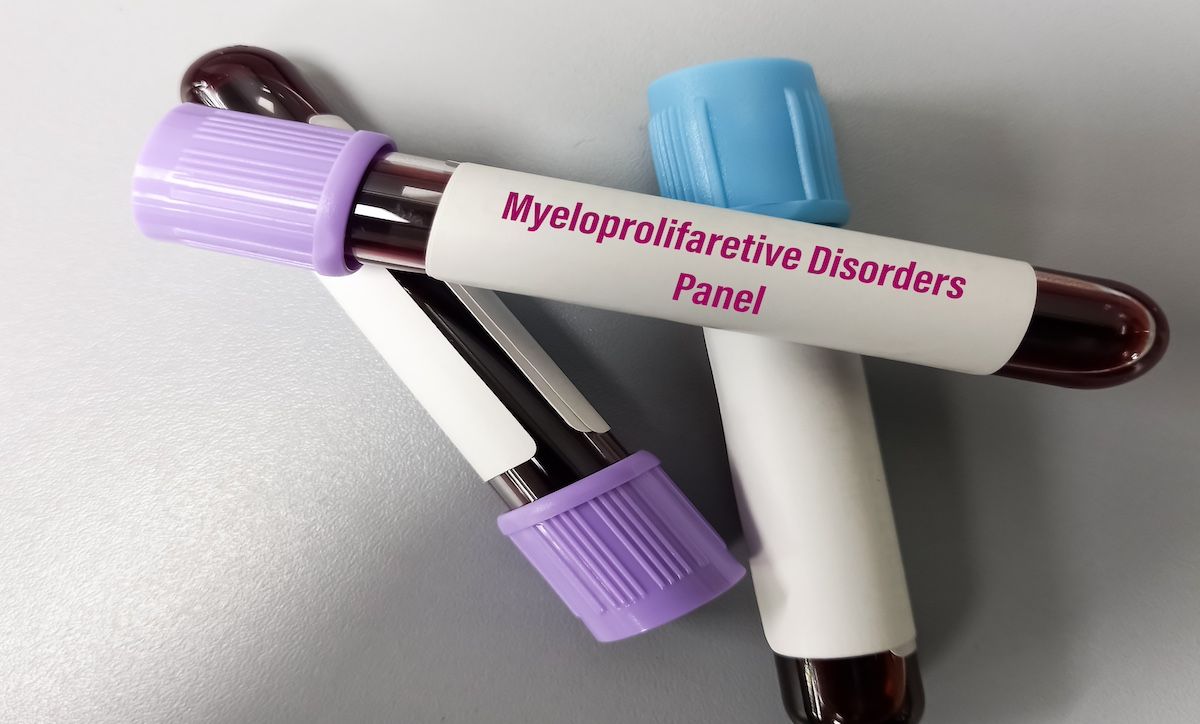Article
Novel Drugs for MM Take Longer to Reach Black, Hispanic Patients Than White Patients
Author(s):
The study found that, on average, it took nearly 2 months or longer for patients of color to receive immunomodulatory drugs such as lenalidomide and/or proteasome inhibitors such as bortezomib and carfilzomib. The use of these therapies has more than doubled survival of patients with multiple myeloma within the past decade.
African American and Hispanic patients with multiple myeloma (MM) are not receiving state-of-the-art therapies as quickly as white patients, according to a new study published Thursday in the journal Blood Advances.
Moreover, the differences cannot be attributed to insurance coverage, as the researchers conducted the study using the SEER—Medicare database. The study found that, on average, it took nearly 2 months or longer for patients of color to receive immunomodulatory drugs such as lenalidomide and/or proteasome inhibitors such as bortezomib and carfilzomib. The use of these therapies has more than doubled survival of patients with MM within the past decade.
In addition, the study also found that Hispanic patients had the highest medical costs: $12,657 for Hispanics versus $11,546 for African Americans and $10,143 for whites. The authors said the higher costs could stem from higher hospitalization costs, possibly because of complications due to treatment delays. However, the delays did not seem to affect overall survival, which was similar overall (2.6-2.8 years).
MM is relatively rare but it is more common in African Americans compared with whites and more common in men compared with women.
“We noted that minorities are not getting introduced to treatment early enough to derive adequate clinical gains,” said lead author Sikander Ailawadhi, MD, of Mayo Clinic Florida, in a statement. “Since our analysis is based on Medicare patient data, these disparities cannot be attributed to differences in insurance coverage. Patients are not receiving treatment equally even in this ostensibly equal-access setting.”
Researchers reviewed data from the SEER—Medicare database from 2007 to 2013. The study included 3504 white patients, 858 African Americans, and 468 Hispanics. The average length of time between MM diagnosis and start of treatment for white patients was 2.7 months, compared with 4.6 months for Hispanics and 5.2 months for African Americans.
All groups had an increasing trend of starting therapy within 6 months of MM diagnosis, particularly whites (all P <.05). MM-specific survival (MSS) was significantly longer for African Americans (5.4 years) than whites (4.5 years; P <.05), and was comparable for Hispanics and whites.
MM treatment guidelines, including those from the National Comprehensive Cancer Network and the Mayo Stratification for Myeloma and Risk-adapted Therapy (mSMART), recommend bortezomib- and/or lenalidomide-based regimens as first-line therapy for newly diagnosed MM, with pomalidomide- and carfilzomib-based regimens recommended for relapsed/refractory MM. In addition, autologous stem cell transplant (ASCT) remains the standard of care for transplant-eligible patients, providing a larger benefit the earlier it is used.
Rates of ACST within 1 year of diagnosis rose among whites and African Americans but not for Hispanics, who were less likely to receive ASCT versus whites.
The researchers conducted this study to address some knowledge gaps that now exist with the introduction of these newer drugs. Related previous studies, for example, noticed a rising trend in ASCT use for all groups except for African Americans. The extent of racial disparities in use of the newer therapies was not known.
The study included several limitations, such as the fact that the database did not include a clinical measure of disease severity; MM has several subtypes that may introduce unmeasured bias, the authors said. For instance, African Americans may have less severe forms of MM, which may explain why despite having unequal access to new drugs, their MSS of is significantly longer than that of whites.
“Addressing these disparities could lead to more equitable health care utilization and clinical benefit for all patients with MM, regardless of race/ethnicity, and address the trend of increasing differences in treatment access, healthcare costs, and outcomes between these groups,” concluded the authors.
Reference
Ailawadhi S, Parikh K, Abouzaid S, et al. Racial disparities in treatment patterns and outcomes among patients with multiple myeloma: a SEER-Medicare analysis [published online October 17, 2019]. Blood Adv. doi: 10.1182/ bloodadvances.2019000308.
Newsletter
Stay ahead of policy, cost, and value—subscribe to AJMC for expert insights at the intersection of clinical care and health economics.





